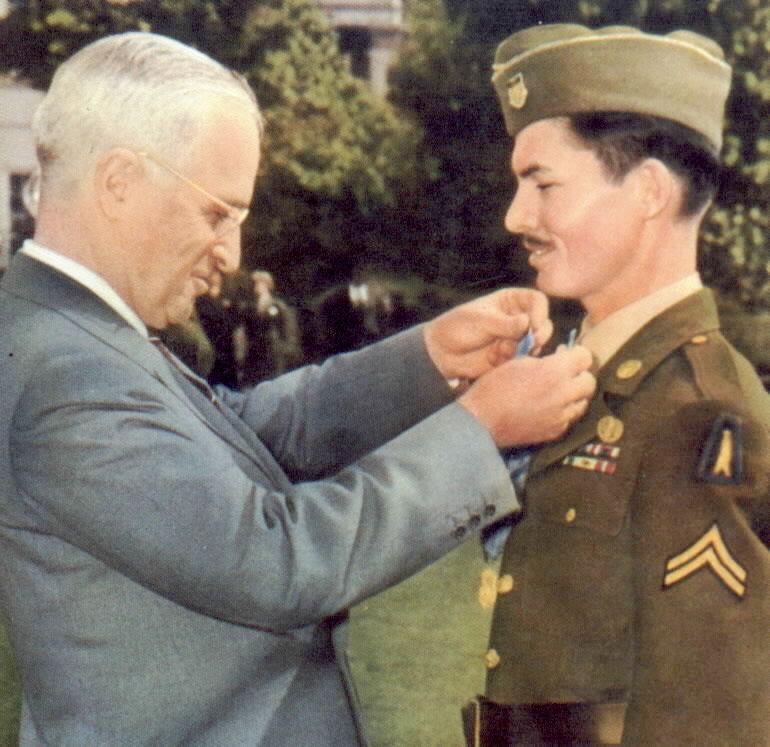Thirty-five years ago this month, the November-December 1980 issue of Elementary Electronics carried this ad for the first personal computer for under $200, the Sinclair ZX80.
The computer was most famous for the membrane keyboard. It was impossible to touch type using this keyboard. One popular modification for later models was the addition of an external keyboard. It contained 1K of memory, some of which was used for the display. This could be expanded up to 16K with an external memory module. As the name implies, it used a Z80 CPU chip, and the ROM came pre-loaded with the BASIC programming language. The output was a monochrome TV signal. Since the computer used the bare minimum of hardware, the generation of the video was handled by software. Therefore, while the computer was actually computing, the screen went blank, which one reviewer noted had the small advantage of letting you know that the computer was actually working.
Program was handled by an external cassette recorder.
In addition to the ad shown above, this issue of Elementary Electronics also carried a review of the computer. It noted that the version of BASIC included was uncommonly extensive and flexible for such a low-cost machine. The review concluded that while the ZX80 was not a substitute for a full-size computer, it was a low-cost way to get into personal computing and learn programming. Indeed, another review pointed out that the cost of the computer was less than a college course in BASIC programming.
A couple of years later, a more familiar version of the computer came on the market as the Timex Sinclair TS1000. It came on the U.S. market in July 1982. With a retail price of $99.95, it was billed as the first computer under $100. The price soon dropped to $49.95. Competitor Commodore’s VIC-20 was somewhat comparable, but had a full-sized keyboard. When Commodore announced that it would offer a $100 credit for the trade in of $100 on any competing computer, many TS1000’s were sold for the sole purpose of trading in on a Commodore 64.
My first computer was another competitor, the TRS-80 MC-10, which originally came on the market in 1983 with a price tag of $119.95. While designed to compete with the Timex Sinclair and having similar capacities, it did have a number of advantages. While it did not have a full-size keyboard, it did have actual keys, rather than the membrane keyboard of the Timex Sinclair. Also, it had full color and even had some rudimentary graphic capabilities. I bought mine for about $49.95.
Click Here For Today’s Ripley’s Believe It Or Not Cartoon
![]()





